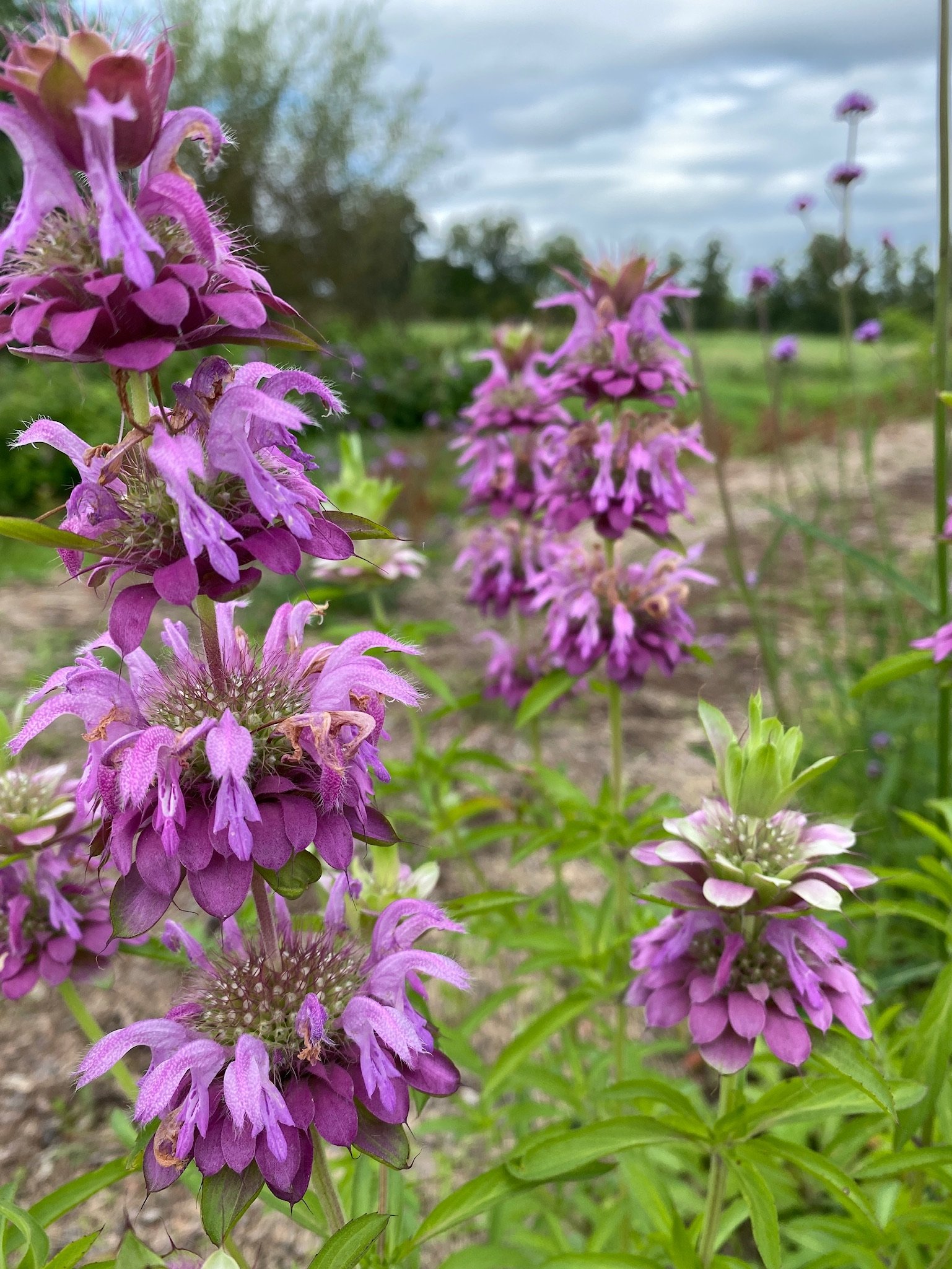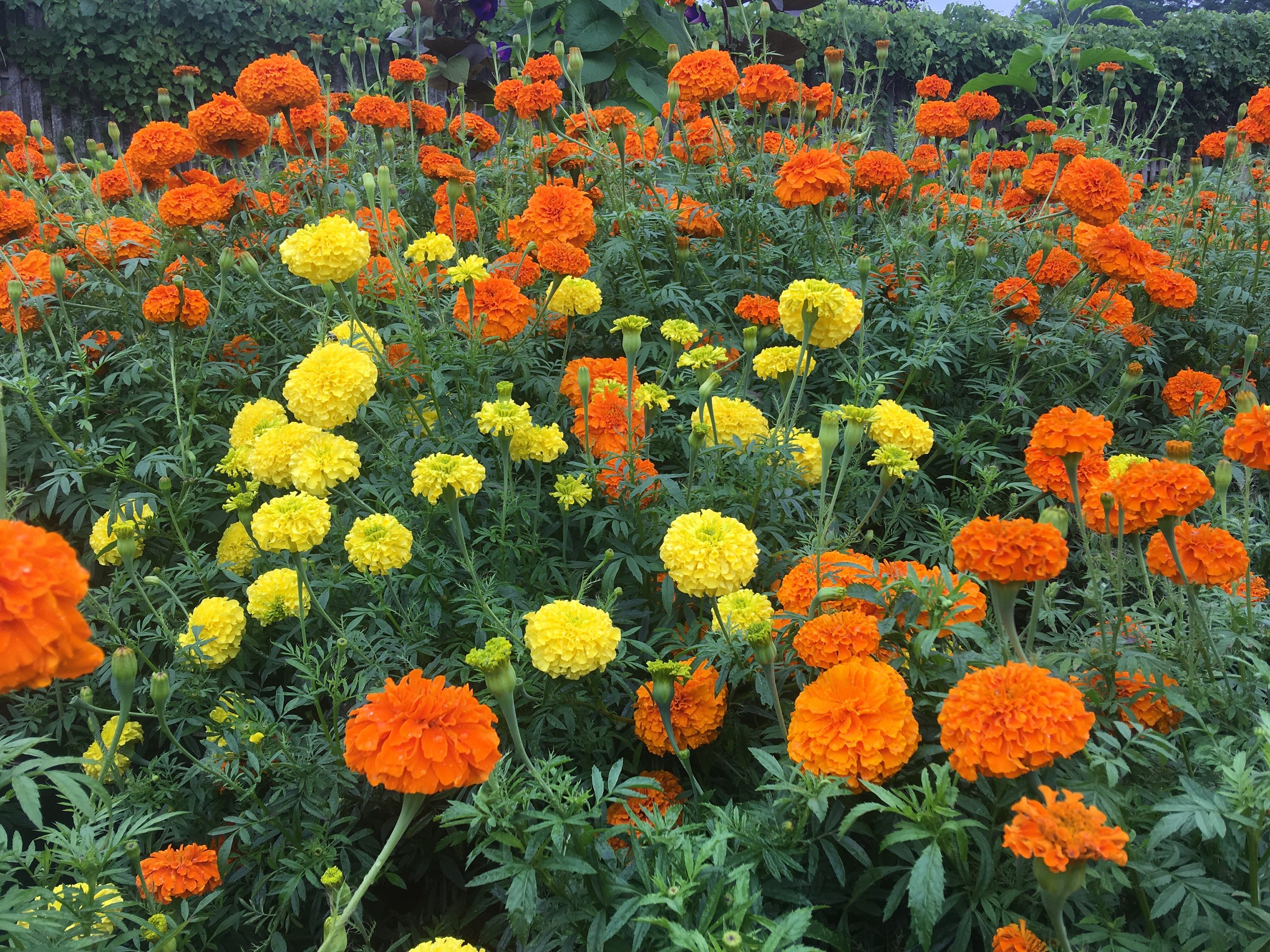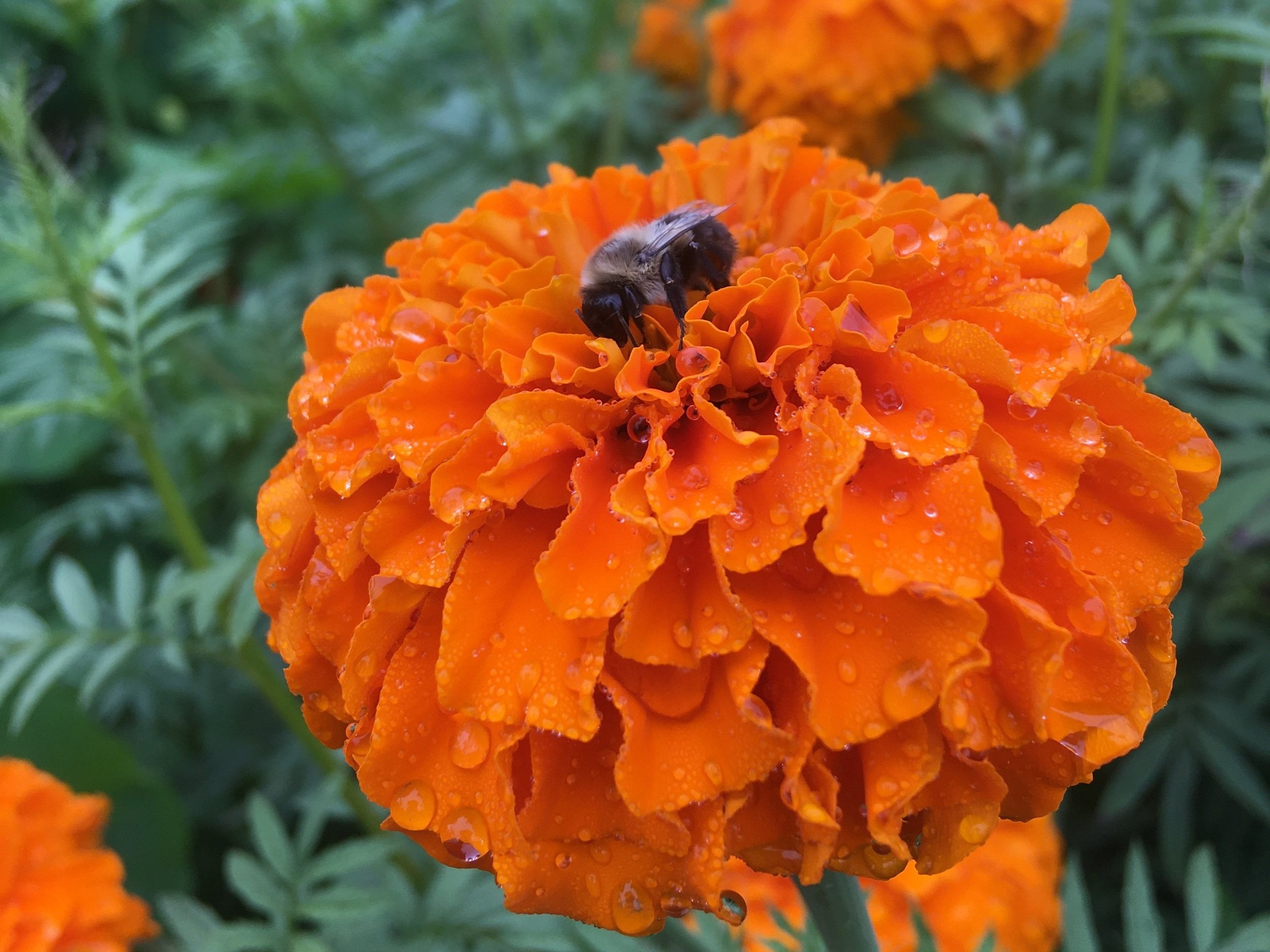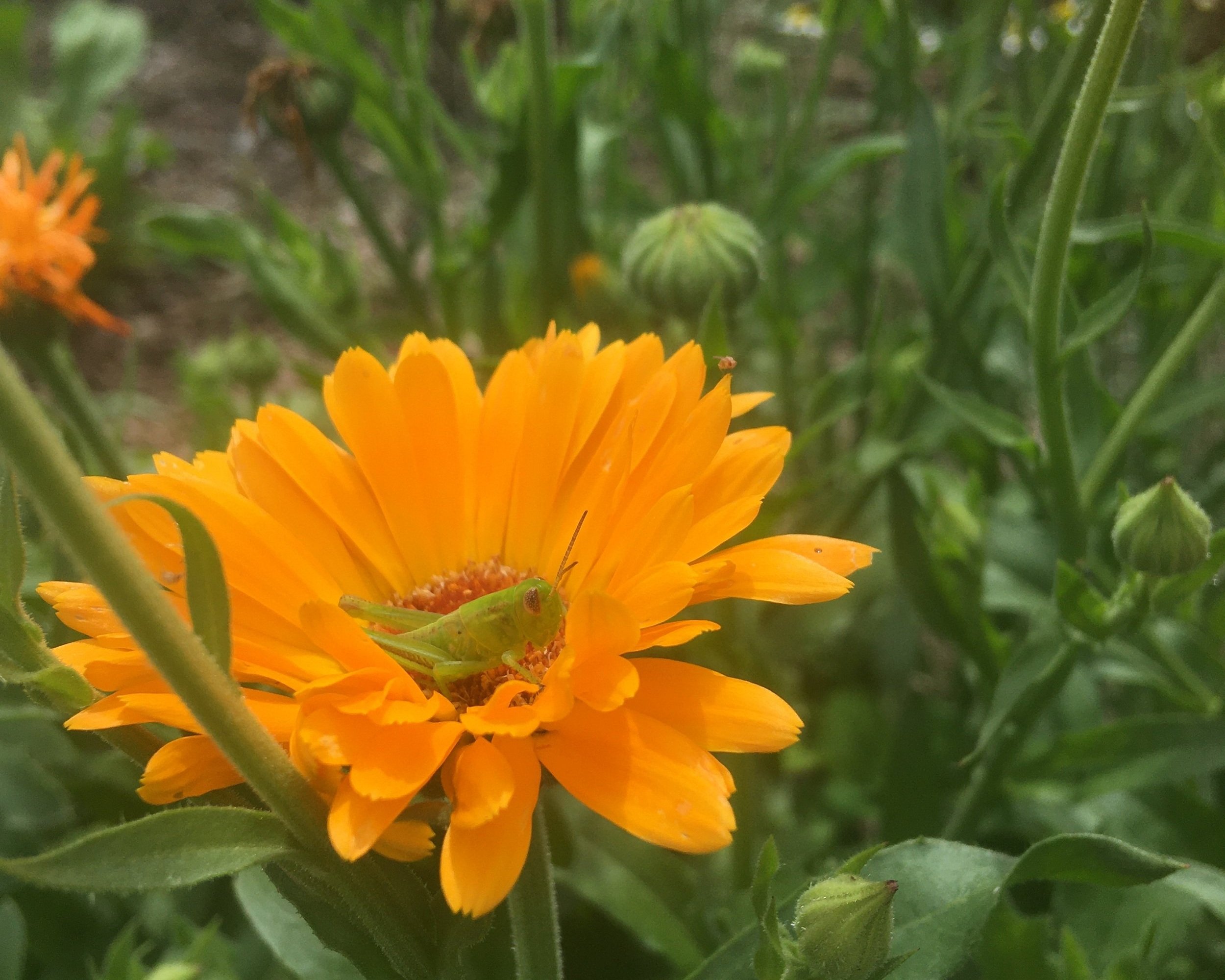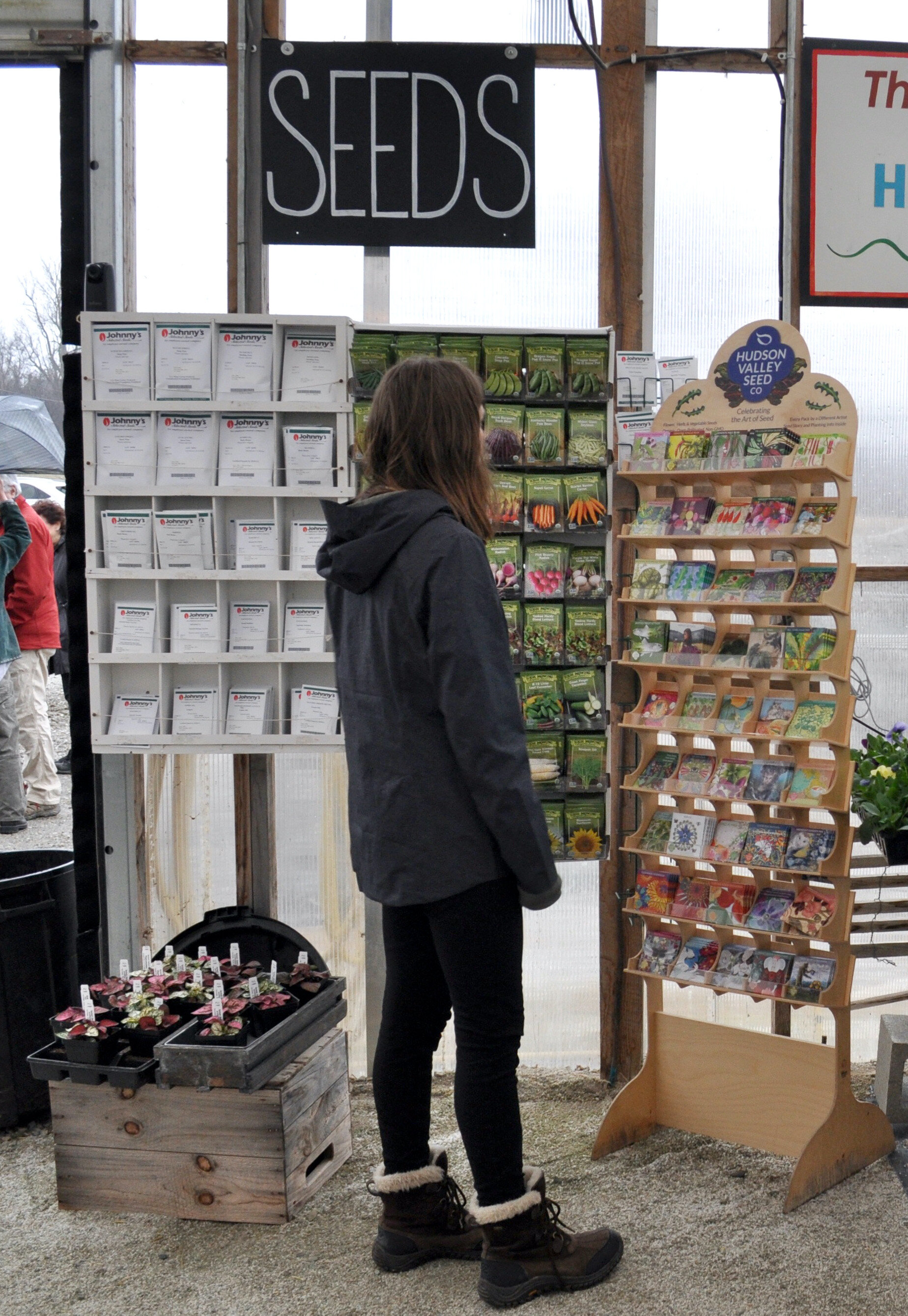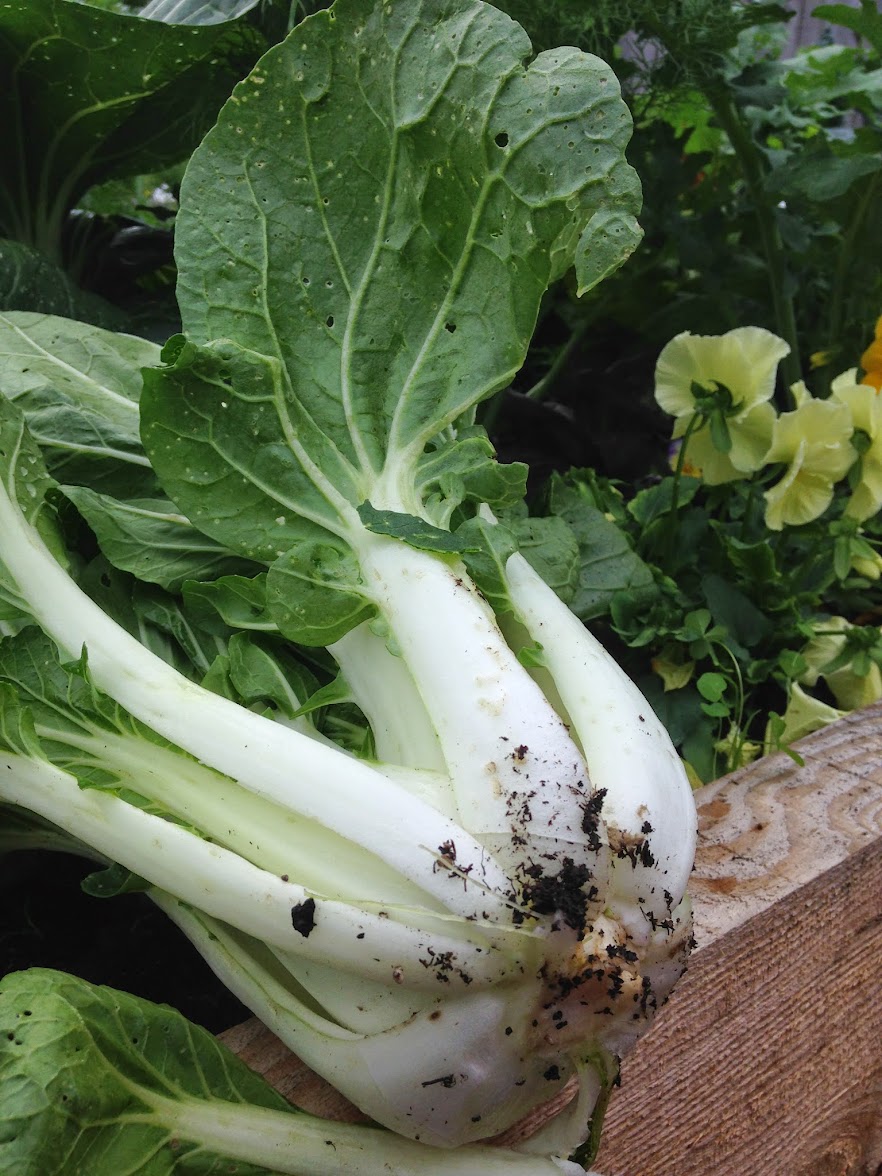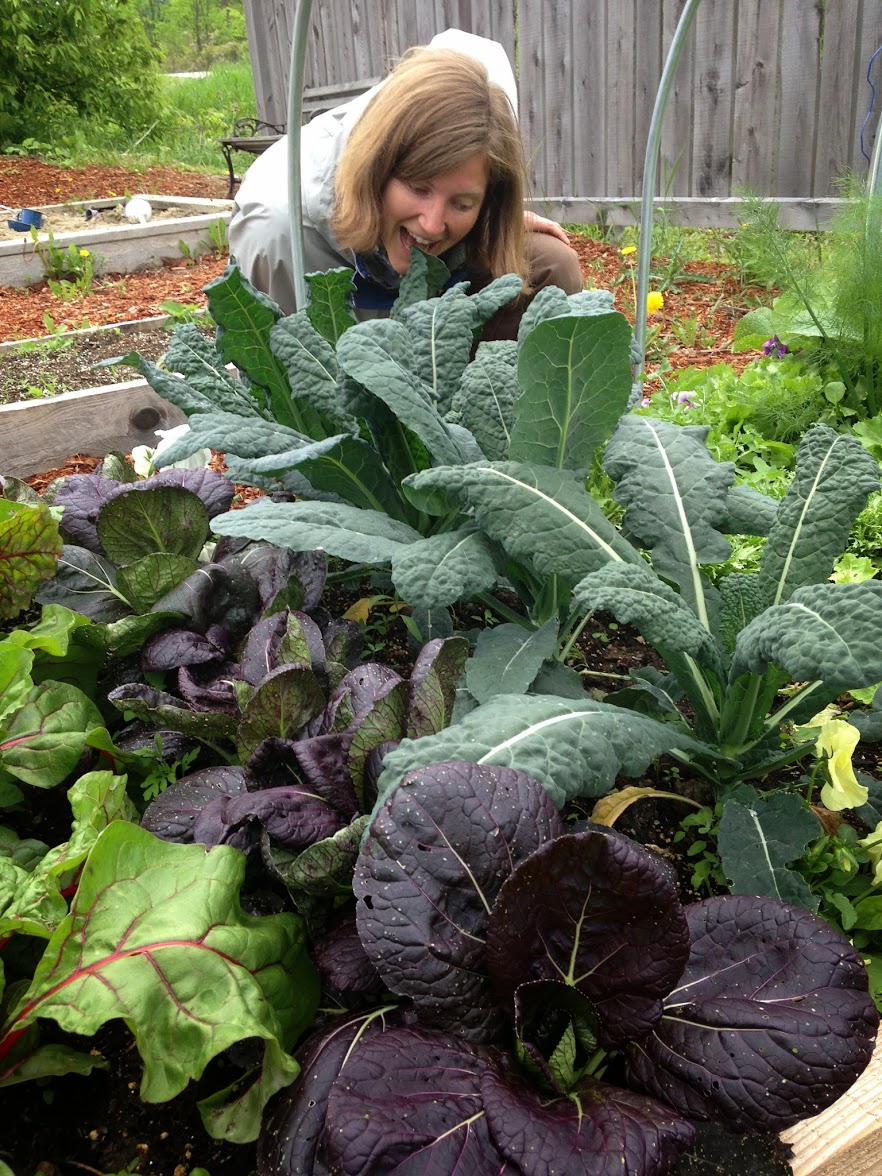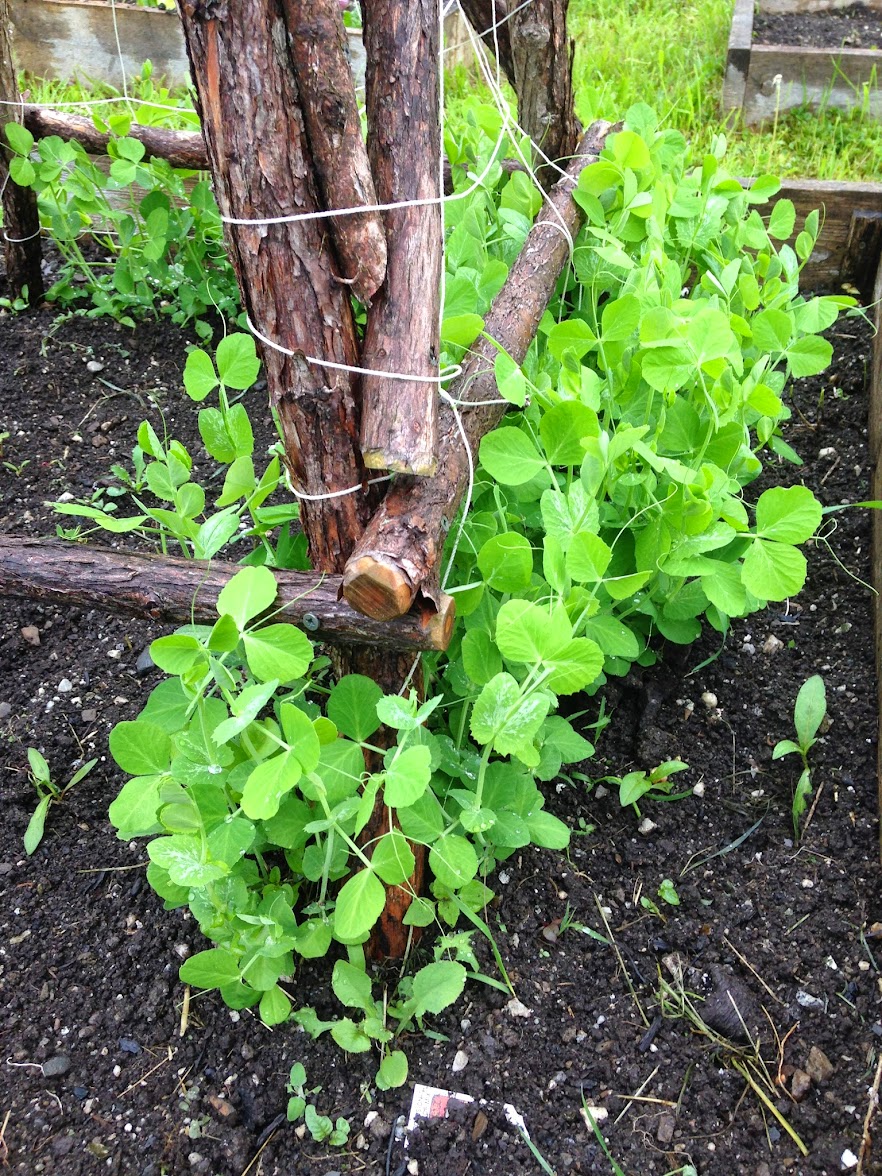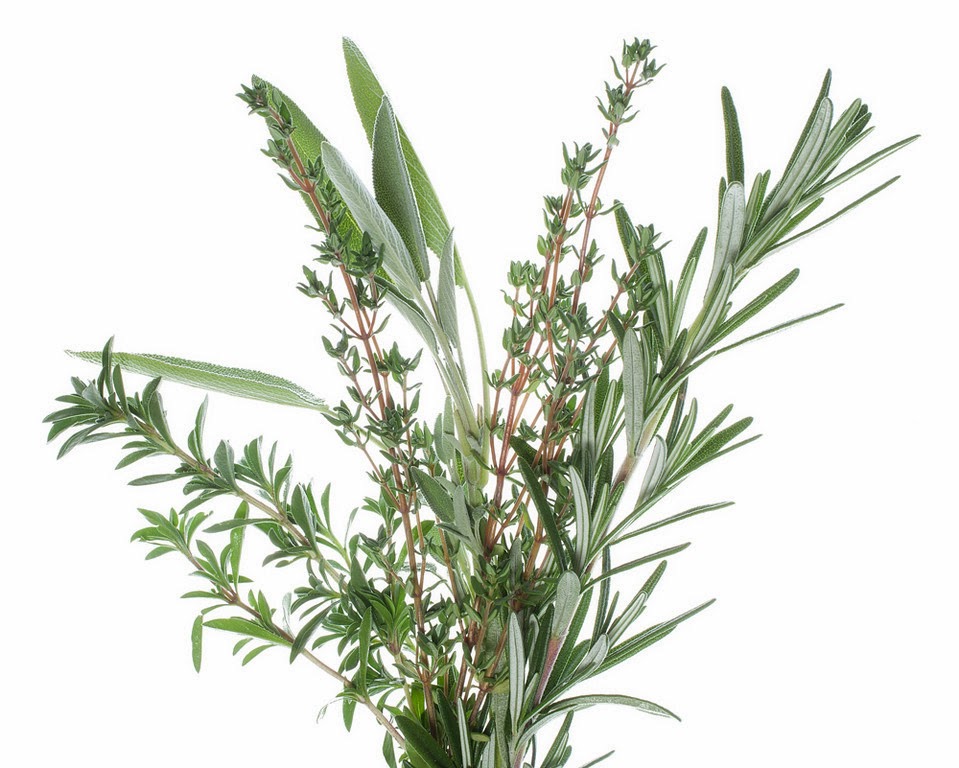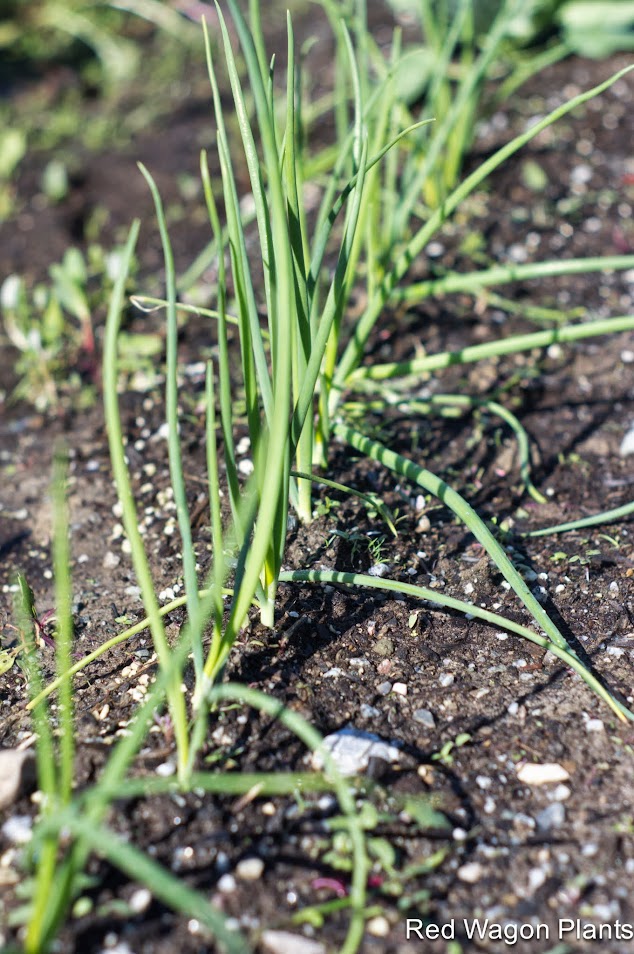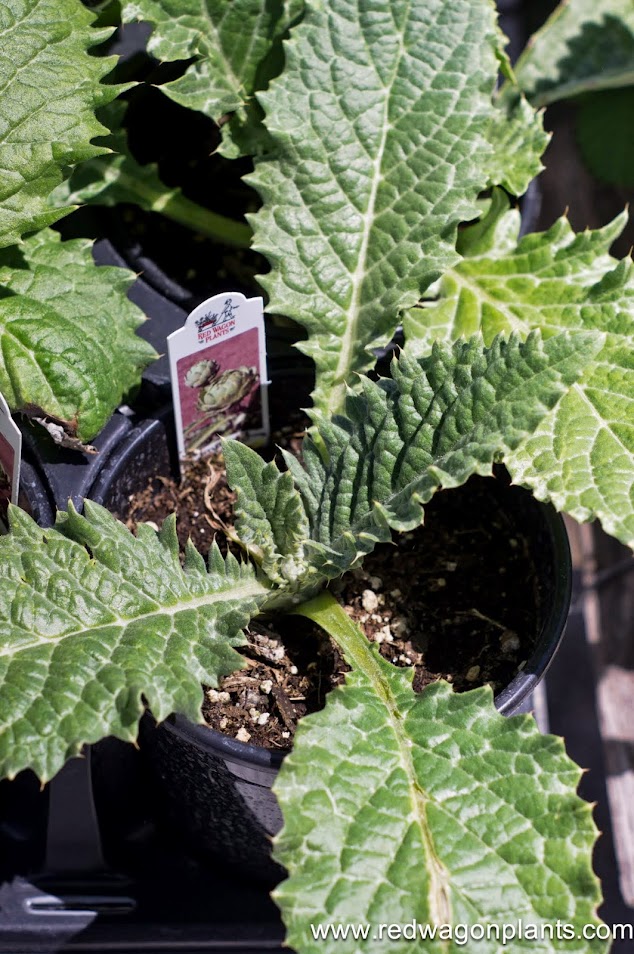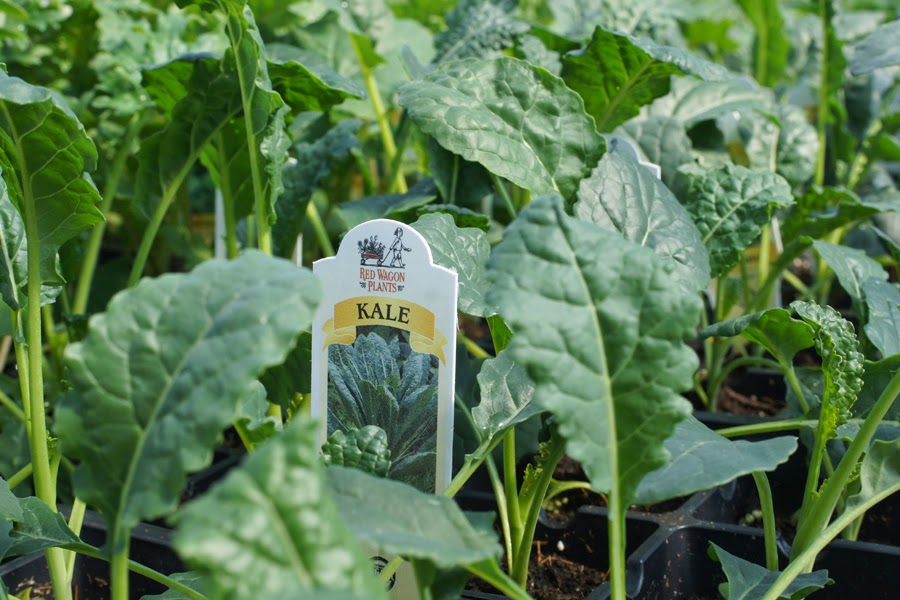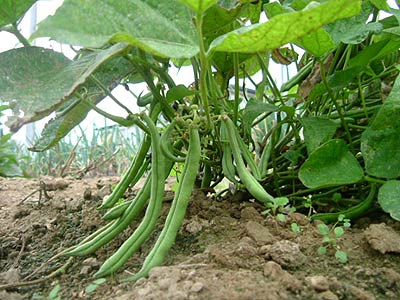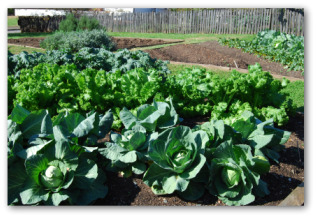A full day of learning in support of newer gardeners.
This is our first ever all day learning event. Our goal is to be welcoming and supportive of new gardeners. Throughout the day we will offer many opportunities to explore the basics of growing your own food and flowers and dreaming up your ideal landscape. In this new learning format, we have a whole day of activities planned and you are welcome to come for just one component or stay the whole day.
GARDENING 101 SCHEDULE
Saturday, April 20th
ASK ME ANYTHING ROUNDTABLES — 10:00 AM to 4:00 PM
Join us around the table to discuss your gardening questions with a Red Wagon expert as well as fellow gardeners. This is a free drop-in station where you can get inspiration and find answers, and no sign-up is required. Different members of Red Wagon’s team will be staffing the table and each block of time will focus on a specific theme.
10:00 am - 12:00 pm Plan your garden and create a vision board with Julie Rubaud
We are going analog! Whether you’re designing your veggie garden or your perennial beds, we invite you to get creative and dream big. All materials will be provided but feel free to bring in your own pictures, magazines, Pinterest board or favorite garden journal. This is a free “drop-in” program and you can come and go as you please. No prior registration required.
12:00 PM - 2:00 pm FOCUS on soil, from testing to amending with Chad Donovan
If you have ever sent in a soil sample and don’t know what to do with the results or you’re curious what healthy, fertile soil looks like, this is the time to stop in. This is a free “drop-in” program and you can come and go as you please. No prior registration required.
2:00 pm - 4:00 pm Focus on Seeds - starting them indoors, outdoors, reseeding and more with Kat Consler
Some plants like to be transplanted, others prefer to have their roots be undisturbed. Kat will help you determine the best way to get your plant babies off to a great start. This is a free “drop-in” program and you can come and go as you please. No prior registration required.
WORKSHOPS
Three workshops fill out this Gardening 101 day. They cost $25 each and are limited to 12 participants so we recommend that you sign up ahead of time.
10:00 am - 11:30 am Vegetative Propagation with Jacob Holzberg-Pill
Learn how to make more of your favorite plants with Jacob Holzberg-Pill. This workshop will offer a broad overview on many different types of vegetative propagation: crown division, root cuttings, scaling, tip layering, softwood and hardwood cuttings. In this hands-on workshop we will explore which asexual techniques work best for different species and genera. Participants will practice some of these techniques and take home some fun new plants. Sign up here.
12:30 Pm - 2:00 pm Favorite tools for the veggie garden with Julie Rubaud and Kat Consler
We all have our favorite tools to use in the garden. From trellising supports and row cover to weeding tools and gloves. Julie and Kat will talk about their successes and failures with various materials and how to get the most use out of their favorite garden tools without having to purchase too many things. Sign up here.
3:00 PM - 4:30 pm Growing Cut Flowers with Lily Belisle
Are you dreaming of endless summer bouquets? Lily will help you make that dream come true. In this class, she’ll talk about her favorite cutting flower varieties and which flowers and foliage plants to grow and harvest to keep bouquets on your table throughout the seasons. You’ll get tips for successful growing and learn which tools to use to increase abundance and ease. Please bring all your cutting flower questions and leave with inspiration and plant wish lists. Sign up here.
We look forward to seeing you! Our greenhouses will be open normal hours, 8:00 AM to 6:00 PM.




